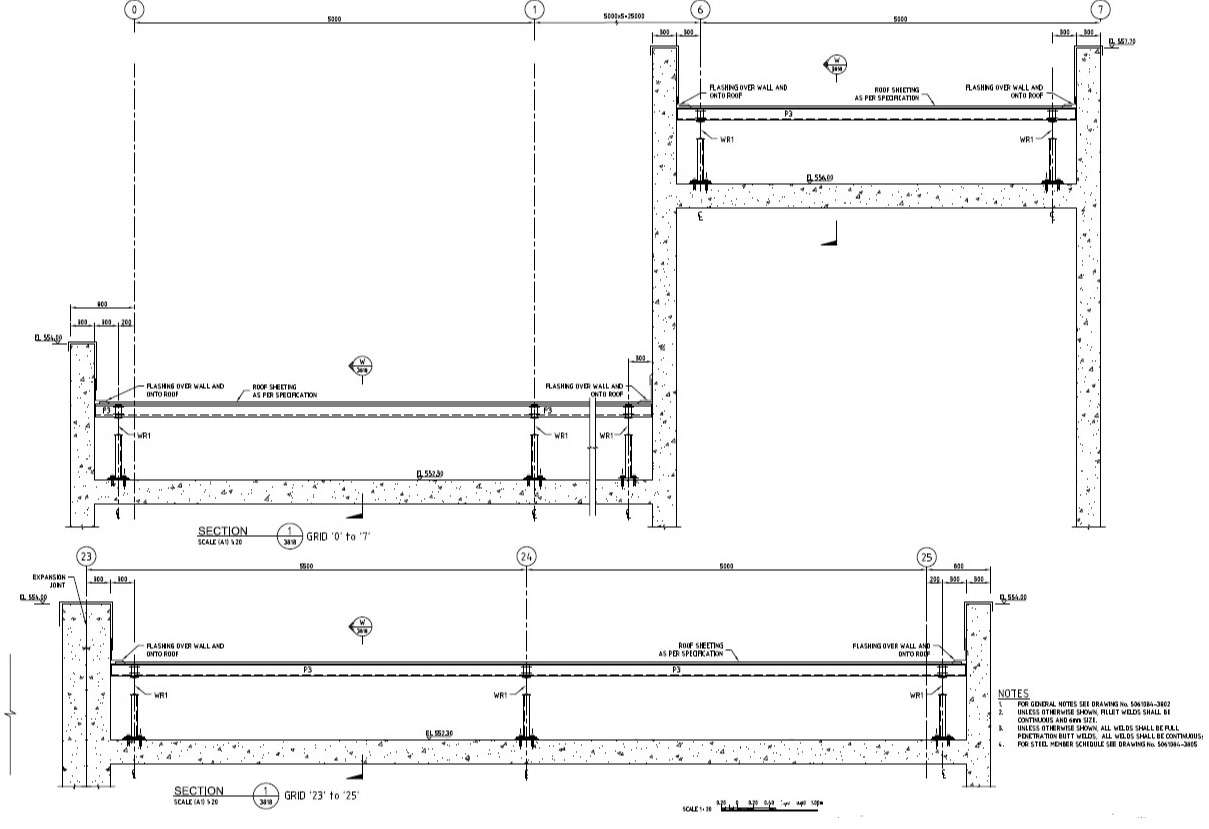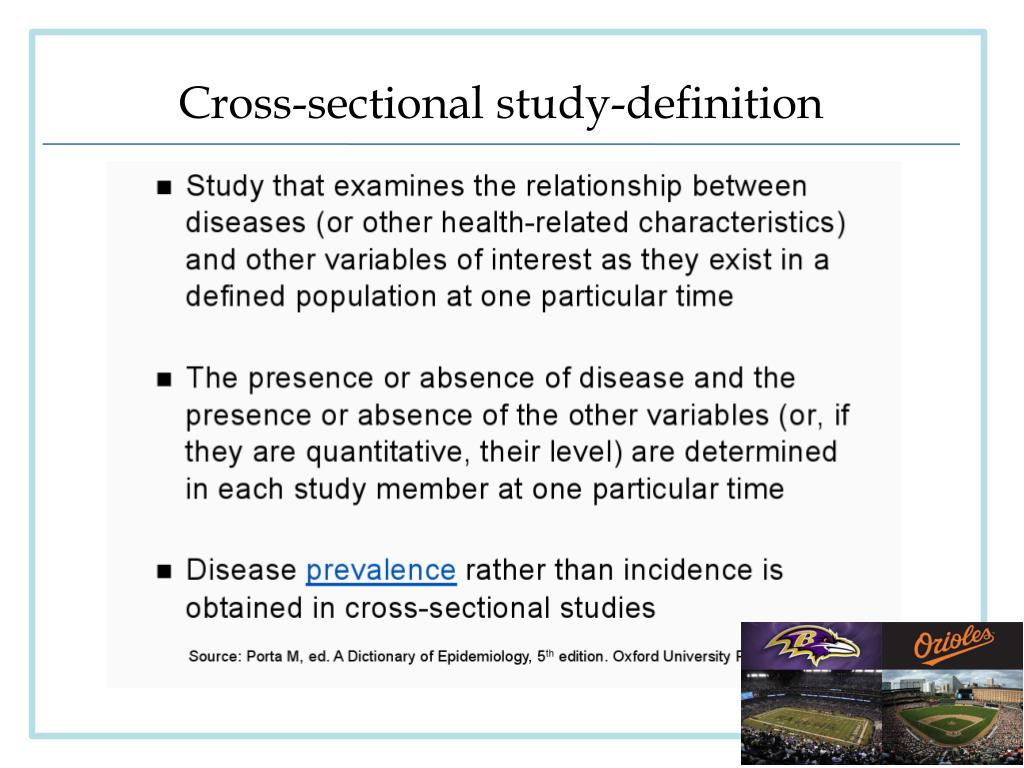Table Of Content

One of the primary benefits of cross-sectional studies is their cost-effectiveness compared to longitudinal studies. Since they are conducted at a single point in time and do not require follow-ups, the financial resources, time, and logistical efforts needed are considerably lower. This efficiency makes cross-sectional studies an appealing option for researchers with limited budgets or those seeking preliminary data before committing to more extensive research. In economics, a cross-sectional survey can provide snapshots of employment trends within a specific region or sector. An example might involve analyzing the employment rates, job types, and economic sectors in a country at a given time. This data can reveal insights into the economic health, workforce distribution, and potential areas for economic development or policy focus, informing stakeholders and guiding decision-making processes.
Key facts about Asian Americans living in poverty
You might then use a correlational analysis to determine whether health concerns rise or fall as the age of your respondents increases. We conducted a cross-sectional study of antimicrobial prescribing patterns among hospitalized patients and analyzed laboratory antimicrobial susceptibility tests results for patients who presented with suspected antibiotic treatment failures. We further made a review of PPS findings to ascertain prevalence of antibiotic use and prescribing practices in hospital wards. PPS are snapshot audits across a whole hospital or selected wards, made at regular intervals to track trends and show the number of people taking antimicrobials at a given point in time.

Data collection and ethical considerations
The primary distinction between cross-sectional and longitudinal research lies in how and when the data is collected. Cross-sectional studies differ in that they capture data at a single point in time, offering a snapshot that helps to identify the prevalence and relationships between variables within a specific moment that further research might be able to explore. In contrast, a longitudinal study involves collecting data from the same subjects repeatedly over an extended period of time, enabling the observation of changes and developments in the variables of interest.
Study population
From the example, the investigators learned that obese HIV participants were more likely to be sedentary; the next study might develop a clinical trial to determine the methods to increase activity level in this population. The POR is calculated similarly to the odds ratio (OR) (Alexander, 2015b) and referred to as POR when prevalence is used (Tamhane et al., 2016). OR measures the association between exposure and outcome (see Table 1) and denotes the chances that an outcome happens with a specific exposure, compared to the chances of an outcome happening in the absence of the exposure (Szumilas, 2010). This information helps both clinicians and investigators determine if certain factors (i.e., clinical characteristics, medical history) are a risk for a particular outcome (i.e., disease, condition). Future studies or health policies can target methods to prevent or treat outcomes (i.e., disease, condition) identified in such studies.

A cross-sectional study is generally considered neither prospective nor retrospective because it provides a “snapshot” of a population at a single point in time. These studies are quick, cheap, and easy to conduct as they do not require any follow-up with subjects and can be done through self-report surveys. Once an address was sampled from either the ABS frame or the surname lists, an invitation was mailed to the address. The invitation requested that the adult in the household with the next birthday complete the survey. There were 19 different antibiotics from nine major classes; tetracyclines, penicillins, aminoglycosides, macrolides, cephalosporins, floroquinolones, carbapenens, chloramphenicol and Sulfonamides.
The specific case and its particularities are not the focus, but all instances and cases. So cross-sectional studies try to establish general models that link a combination of elements with other elements under certain conditions. Also, researchers find relevant information on how to write a cross-sectional research design paper and learn about typical methodologies used for this research design.
What’s the difference between cross-sectional and cohort studies?
They may be conducted either before planning a cohort study or a baseline in a cohort study. These types of designs will give us information about the prevalence of outcomes or exposures; this information will be useful for designing the cohort study. However, since this is a 1-time measurement of exposure and outcome, it is difficult to derive causal relationships from cross-sectional analysis. Furthermore, we will also be able to estimate the odds ratios to study the association between exposure and the outcomes in this design. This study analyzed the relationship between simulation design, flow, and simulation educational satisfaction based on NLN/Jeffries simulation theory [14] and previous studies to identify factors related to nursing students’ simulation educational satisfaction. The study revealed that simulation design, flow, and simulation educational satisfaction are positively related and that flow has a partial mediating effect on the relationship between simulation design and simulation educational satisfaction.
After the entry into the study, the participants are measured for outcome and exposure at the same time [Figure 1]. It is also possible that the investigator will recruit the study participants and examine the outcomes in this population. If you want to choose the variables in your study and analyse your data on an individual level, you can collect your own data using research methods such as surveys. While cross-sectional studies collect data from many subjects at a single point in time, longitudinal studies collect data repeatedly from the same subjects over time, often focusing on a smaller group of individuals connected by a common trait. In cross-sectional studies, researchers select a sample population and gather data to determine the prevalence of a problem.
Look at These Amazing Cross Sections of Bullets - WIRED
Look at These Amazing Cross Sections of Bullets.
Posted: Tue, 09 Jul 2013 07:00:00 GMT [source]
For serial cross-sectional surveys, investigators collect data in the same population over a specified period. For example, every three years, investigators repeat the body measurements among HIV patients to draw inferences about the patterns over time about obesity(Cummings, 2013). However, new samples are selected each time; therefore, each participant’s changes cannot be evaluated. It is important to note that the results may be affected by “people entering or leaving the population due to births, deaths, and migration” (Cummings, 2013, p.88). This chapter addresses the peculiarities, characteristics, and major fallacies of cross-sectional research designs. A cross-sectional study aims at describing generalized relationships between distinct elements and conditions.
It’s cost-effective, quick to conduct, and provides a broad view of a population’s characteristics or behaviors at a specific time. Regular cross-sectional market research studies can be used to create a series of snapshots about what is happening in a population over time. For example, the smoothie shop owner might survey customers once every season to learn how preferences for certain types of fruit and vegetables change over time. In cross-sectional studies, researchers are responsible for designing and creating the tools involved in collecting cross-sectional data, but they do not manipulate the study environment.
Antimicrobial resistance (AMR) is a silent pandemic and one of the top 10 public health challenges worldwide as described by World Health Organization (WHO) [1]. The rising incidence of multi-drug resistant (MDR) microbes as a result of irrational and overuse of antibiotics contribute significantly to morbidity and mortality among hospitalized patients [2]. AMR threatens to erode the ability to treat infections with the available antibiotics as the pace of developing new antibiotics by the pharmaceutical industry has been quite slow the past two decades [3]. The immediate implications of antibiotic resistance include death and disability, extended hospital stays due to prolonged sickness, need for expensive therapies, and rising healthcare expenditure [2, 4, 5]. Consequences of AMR are quite grave in low and middle income countries (LMIC) as they cannot afford new expensive antibiotics [6, 7]. In this study setting, we observed high use of watch antibiotics along with problem of multi-drug resistant infections in patients experiencing clinical failure in a variety of clinical syndromes.
Because of this, cross-sectional studies are particularly useful in informing resource planning and allocation. For example, the owner of a smoothie shop might use a quick survey at the point of sale to learn which types of fruits and vegetables customers prefer. The shop owner can then use this data to decide which ingredients to buy, and which types of smoothie to offer.
They recruited 80 patients of acne vulgaris, collected specimen for isolation from open or closed comedones. These specimens were then cultured, the growth identified, and antibiotic susceptibility and resistance were assessed. Cross-sectional studies cannot establish a cause-and-effect relationship or analyse behaviour over a period of time. To investigate cause and effect, you need to do a longitudinal study or an experimental study.
For example, researchers might be interested in learning how exercise influences cognitive health as people age. They might collect data from different age groups on how much exercise they get and how well they perform on cognitive tests. Conducting such a study can give researchers clues about the types of exercise that might be most beneficial to the elderly and inspire further experimental research on the subject. A cross-sectional study is a type of observational research that analyzes data of variables collected at one given point in time across a sample population or a pre-defined subset. As we have discussed, a cross-sectional study is merely a snapshot of a certain group of people at a specified point in time. Longitudinal studies, on the other hand, are designed to explore how traits of a group of people change over a certain period of time, or to establish cause-and-effect relationships between input variables and outcomes.
Hospital/ward/patient-level data was collected in June 2022 using standardized GPPS patient and ward forms (see in the appendix). The ward form extracted denominator data which comprised all inpatients present in the specific ward before 8 A.M. The patient form captured the numerator data of all admitted inpatients receiving an “active/ongoing” antimicrobial prescription at 8 A.M on the day of the GPPS. Data extracted include details on antimicrobial agents, indications, diagnosis and a set of quality indicators such as stop/review date and compliance to the guidelines.
In this study, researchers examine a group of participants and depict what already exists in the population without manipulating any variables or interfering with the environment. A pre-incentive of $2 (in the form of two $1 bills) was sent to all sampled addresses with the first letter, which provided information about how to complete the survey online. This and subsequent screener invitations only referred to the pre-incentive without reference to the possibility of later promised incentives. A cross-sectional study is essential when researching the prevailing characteristics in a given population at a single point in time. Cross-sectional studies are often used to analyze demography, financial reports, and election polls.

No comments:
Post a Comment